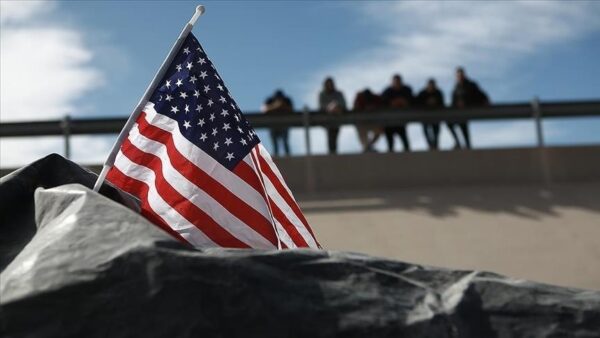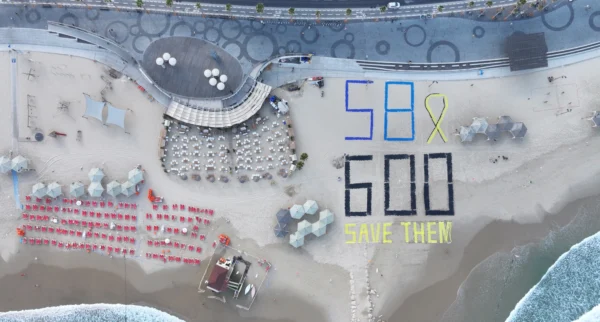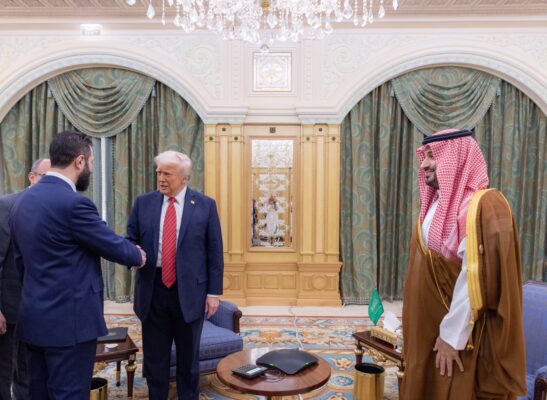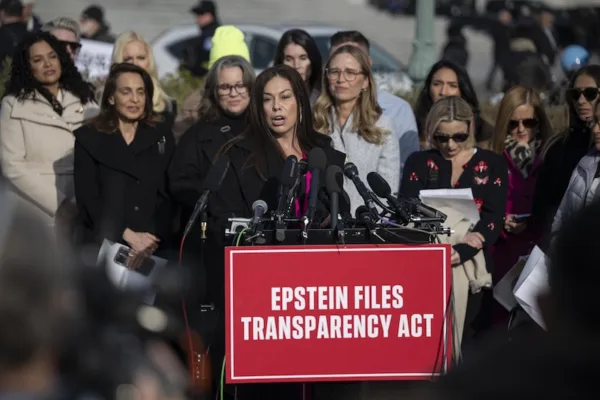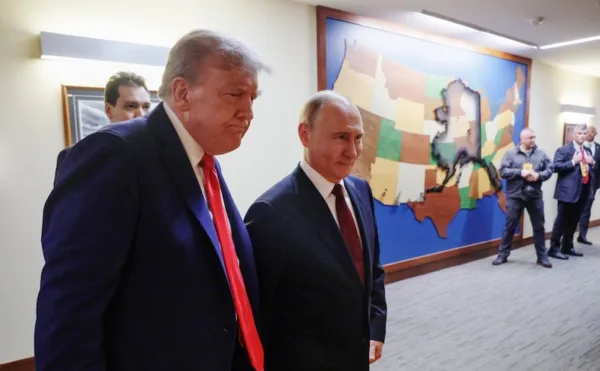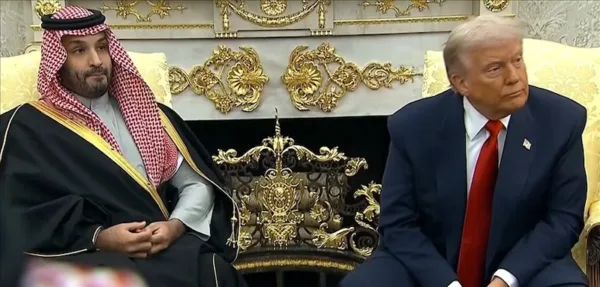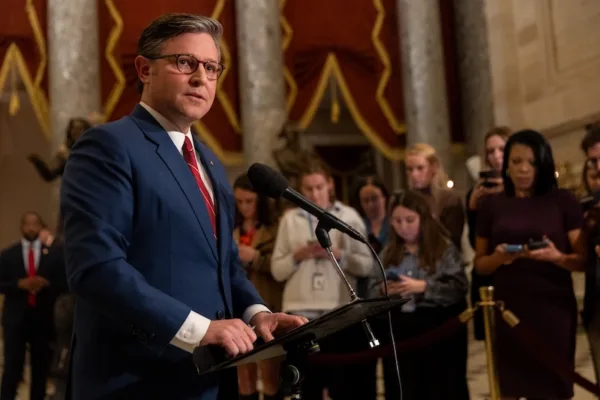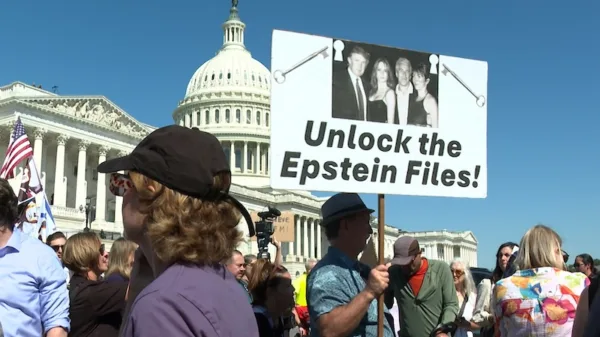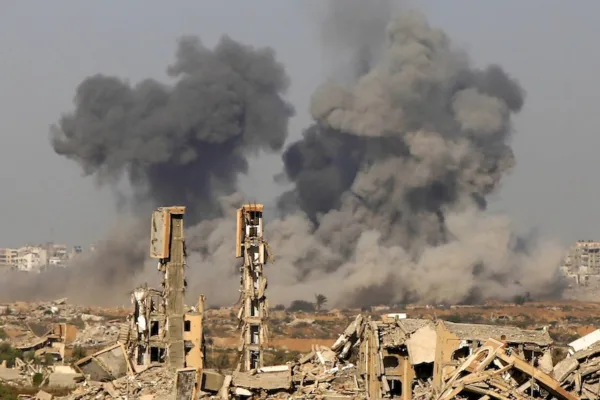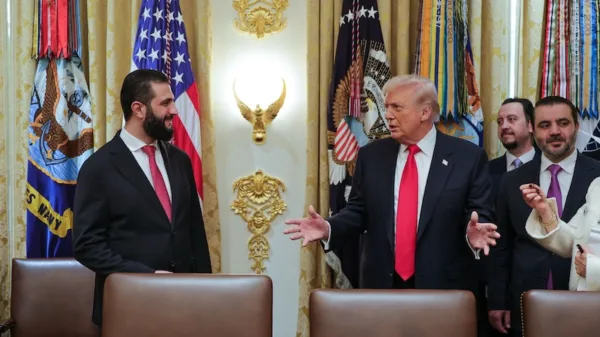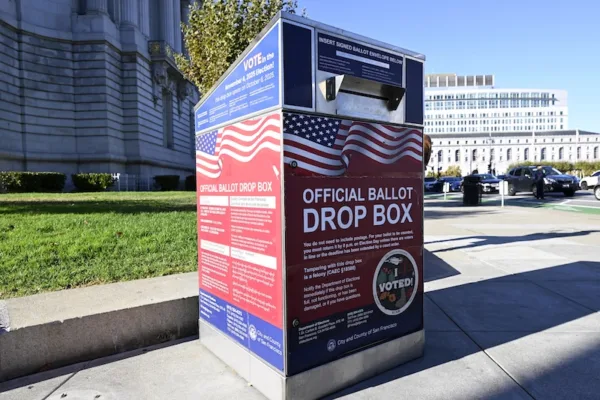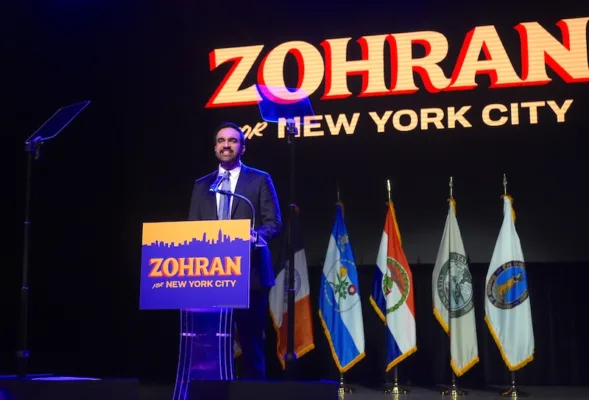Syrian Opposition and al-Rai
Yesterday it was reported that some opposition groups gained control of parts of the strategically important town of al-Rai from the DAESH. The Syrian Observatory for Human Rights reported that “the brigades of al-Motasim, al-Hamza, Sultan Murad, Suqour al-Jabal, 99, 55, Failaq al-Sham and other factions were able to take control of the town of al-Raii north of Aleppo after violent clashes against [DAESH.] The clashes continue west of the town amid explosions in the area [and there are] confirmed reports of losses in both parties.” The city was important to provide an important advantage for the opposition in northern Aleppo and to control important routes to the city.
The capture of the city by opposition forces demonstrates the potential of the opposition in the fight against DAESH. Since the emergence of DAESH, opposition forces have been waging two wars, with one against DAESH and one against the regime. Different opposition forces became the target of DAESH after the emergence of this terrorist organization. As DAESH gained more power and influence on the ground, opposition forces were squeezed between the regime’s airstrike and DAESH’s targeted assassinations, attacks and invasion of cities. Without much assistance from the international community the opposition forces lost a lot of ground to DAESH. Thus the opposition was never considered a viable option in the fight against DAESH or the regime. In an interview, U.S. President Barack Obama said: “Oftentimes, the challenge is if you have former farmers or teachers or pharmacists who now are taking up opposition against a battle-hardened regime, with support from external actors that have a lot at stake, how quickly can you get them trained; how effective are you able to mobilize them.”
One of the critical turning points was the DAESH attack on and siege of Kobani. Since then, the international coalition, and the U.S. in particular, preferred to focus on the People’s Protection Units (YPG) and concentrate its support with this organization. The military assistance helped greatly for the expansion of YPG’s zone of influence in northern Syria and serious violations of the human rights and crimes against humanity committed by this organization. In the meantime, when Ankara protested the U.S. arms assistance to the YPG, which Ankara considers a terrorist organization and an affiliate of the PKK, the U.S. administration insisted on an arbitrary and artificial distinction between PKK and YPG. According to the U.S. administration, the YPG is the only force on the ground that is capable of successfully fighting DAESH. This situation generated a serious problem for the fight against DAESH. On one hand, by supporting only the YPG and not other organizations, the U.S. left the opposition unprotected during the regime, Russia and DAESH’s attacks on the opposition. The train-and-equip program never fully materialized or operationalized to provide support for opposition groups. If the air cover and support and military assistance for the YPG were equally applied to some other opposition groups then the situation on the ground would be much different than it is today. There is a second risk during this period for the U.S. in its attempt to help YPG. On one hand, this situation puts the U.S. in a serious crisis with a critical ally, Turkey, in the fight against DAESH. Especially after the resuming of hostilities by the PKK, Ankara’s concerns of an uncontrollable and expanding YPG increased dramatically. On the other hand, by empowering a group like the YPG at this critical time, a post-war Syria was put at major risk.
This article was first published in the Daily Sabah on April 8, 2016.


